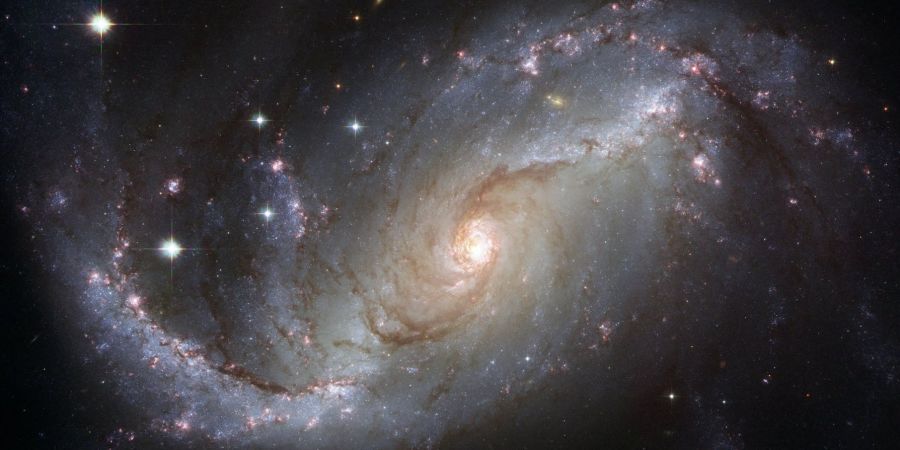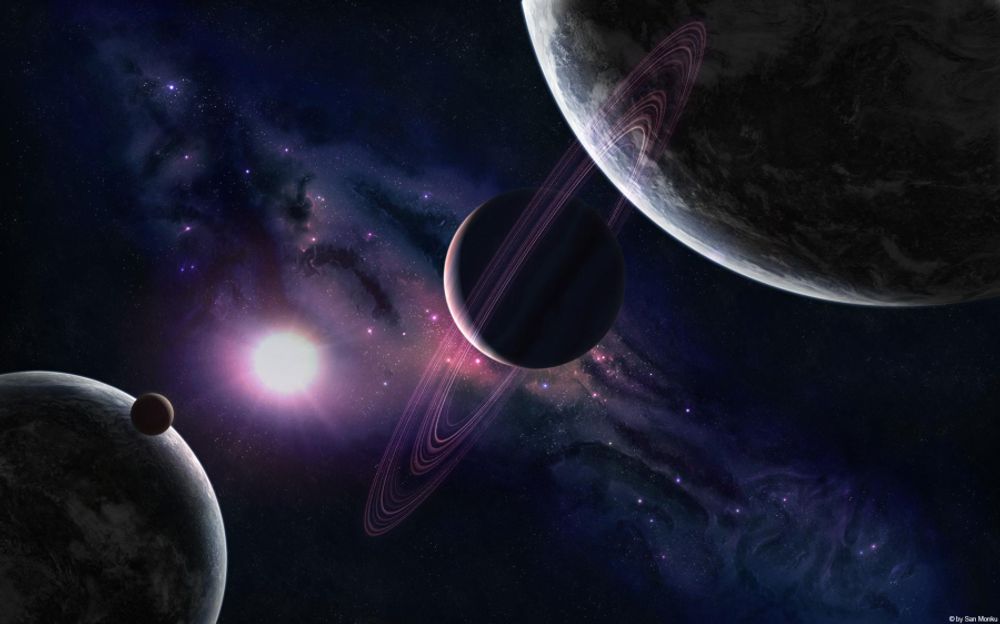

hi to everybody! Have you ever wondered what the origin of things is? How did the universe come to be? How was it previously? when was the universe created? I've always been fascinated with space since I was a child. THE BIG BANG THEORY provides the answer to all of these questions.
The Big Bang Theory is the most widely accepted explanation for how the universe came to be. Simply defined, it states that the universe as we know it began with an unimaginably hot and dense single point that expanded and stretched — at first at unimaginable rates, then at a more measured rate — over the next 13.7 billion years to form the still-expanding cosmos we see today.
Because current technology does not allow astronomers to directly peek back into the universe's birth, much of what we know about the Big Bang is based on mathematical calculations and models. Astronomers, on the other hand, can witness the "echo" of the expansion via a phenomena known as the cosmic microwave background.

While the majority of the astronomical community accepts the theory, some theorists propose alternate explanations, such as everlasting inflation or an oscillating universe, in addition to the Big Bang.
Everything in the universe was condensed into an infinitesimally small singularity, a point of infinite density and heat, around 13.7 billion years ago.
Suddenly, an enormous expansion occurred, rapidly expanding our universe beyond the speed of light. According to physicist Alan Guth's 1980 theory, which transformed the way we think about the Big Bang forever, this was a phase of cosmic inflation that lasted only fractions of a second — around 10-32 of a second.
When cosmic inflation abruptly and mysteriously ended, the more traditional Big Bang theories took root. A torrent of matter and radiation, known as "reheating," began populating our universe with the things we know today: particles, atoms, matter that would form stars and galaxies, and so on.

According to NASA, all of this occurred during the first second after the universe was created, when everything was still incredibly hot at a temperature of roughly 10 billion degrees Fahrenheit (5.5 billion degrees Celsius). The basic materials that would later become the components of everything that is there today, such as neutrons, electrons, and protons, were present in the universe at this time.
This early "soup" couldn't have held visible light, making it impossible to actually see anything. According to NASA, "the free electrons would have caused light (photons) to scatter in the same manner that sunlight scatters from water droplets in clouds." However, over time, these free electrons collided with nuclei to form neutral atoms or atoms with an equal number of positive and negative charges of electrons.
Three hundred and eighty thousand years after the Big Bang, light could finally be seen through.

This light is sometimes referred to as the "afterglow" of the Big Bang, although the real name for it is the cosmic microwave background (CMB). Ralph Alpher and other scientists first predicted it in 1948, but it wasn't discovered until an accident over 20 years later.
How large is the universe? My skin tingles just thinking about it. If you want to read more exciting space-related stuff, please like this site. What in the universe is your favorite? Comment down below. Until my next blog, take care.
